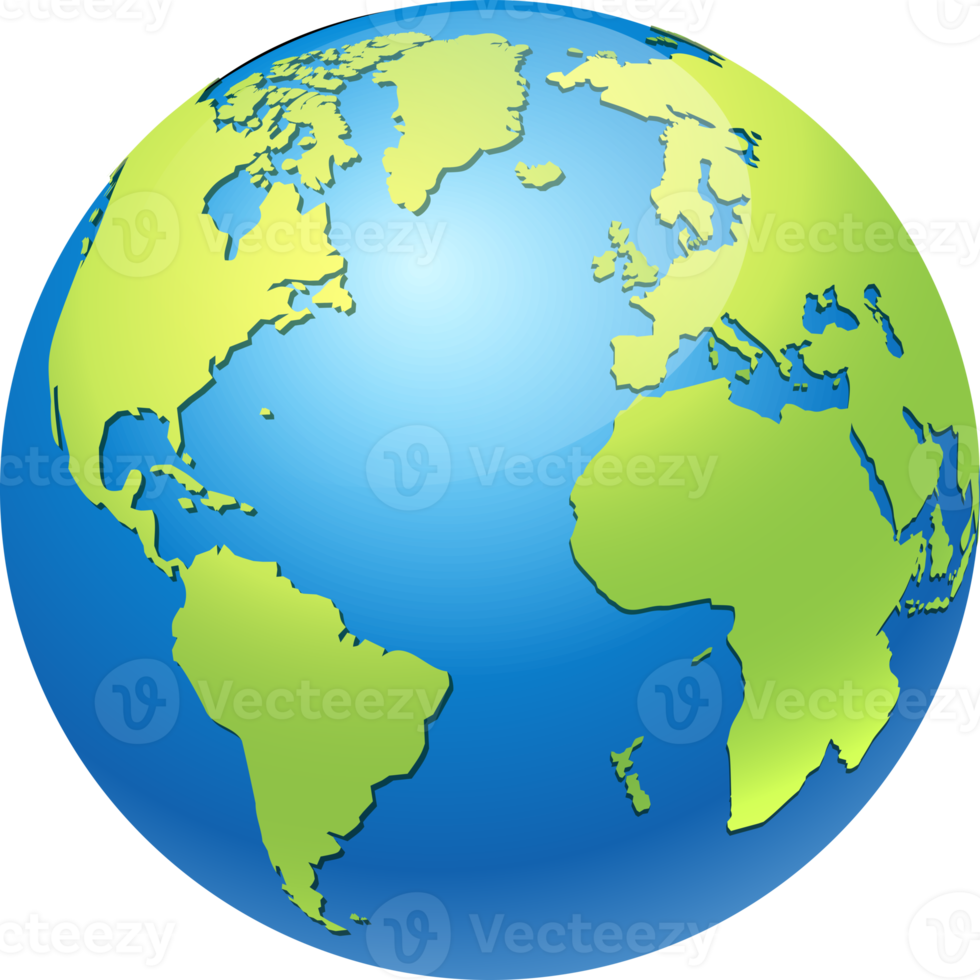The world map, a ubiquitous tool of navigation and geography, is often portrayed through a monochromatic lens, emphasizing borders and political divisions. However, such a representation fails to encapsulate the vibrant tapestry of cultural diversity that exists across the globe. This exploration into a world map showcasing cultural diversity encourages a shift in perspective and piques curiosity about our planet’s rich mosaic of customs, traditions, and practices.
In the contemporary world, where globalization seems to homogenize cultures, it becomes imperative to acknowledge and celebrate the differences that make humanity unique. A map focusing on cultural diversity is not just a geographic representation; it is a narrative constructed from myriad human experiences. Such a map would highlight not just nations and capitals, but also indigenous territories, linguistic variations, and cultural congregations, showcasing how people live, interact, and cherish their heritage.
To begin, a diverse cultural map would employ a myriad of colors and symbols, each representing different ethnic groups, languages, and religions. Imagine a palette that transcends the conventional blues and greens of a standard geographical representation. Instead, it bursts forth with shades symbolizing communities. Each hue could reflect the linguistic landscape, with groups that speak related dialects highlighted together, fostering an understanding of how language shapes identity.
Consider the linguistic diversity that flourishes in regions like Papua New Guinea, where over 800 languages are spoken. A cultural diversity map would signify this linguistic plethora, inviting observers to ponder how language frames thought and experience. How do these various languages shape the way speakers perceive the world around them? This opens a critical inquiry into understanding our collective cognitive capabilities influenced by our cultural backgrounds.
Furthermore, such a map would also illuminate the intricate relationship between culture and geography. It is crucial to recognize how physical landscapes influence cultural practices. The map could distinguish areas like the Andes, where the Quechua civilization has thrived for centuries, adapting to high-altitude environments through unique agricultural practices. Here, presenting sustainability practices alongside cultural representations could engender a dialogue around environmental stewardship, particularly relevant amid contemporary discussions on climate change.
Another layer of depth to consider is the interplay of religion across the globe. A map that incorporates different faiths can illuminate the juxtaposition of beliefs, illustrating regions of harmony and tension. For instance, areas steeped in Hindu traditions can be starkly contrasted against those influenced by Islamic practices. This comparison could elucidate how cultural identity is often intertwined with spiritual commitments, fostering a better understanding of global interactions.
Additionally, the incorporation of culinary traditions into a cultural diversity map would significantly enhance its richness. Food, a universal language, speaks volumes about cultural identity. Regions renowned for specific cuisines, like the spicy curries of India or the delicate pastries of France, could serve as focal points. By mapping these gastronomic identities, we can learn not only about what various cultures consume but also about their agricultural practices and historical journeys of trade and adaptation.
An interactive component to this diverse cultural map could include historical migrations and settlements. Tracing the movement of peoples provides insight into the dynamic nature of cultures. For example, the historical migrations of the African diaspora have significantly shaped cultures across continents, from the Caribbean to the Americas. Understanding the roots of cultural phenomena can foster deeper respect and appreciation for different communities.
Moreover, encapsulating cultural diversity should extend beyond celebration. It demands a sober acknowledgment of cultural erasure that often accompanies globalization. Indigenous cultures are particularly susceptible to such erasure. Mapping these communities becomes a form of activism, a visual testament to their existence and resilience. Highlighting areas where indigenous populations reside reminds observers of their ongoing struggles for recognition and rights, which are too frequently overlooked.
In this context, the cultural diversity map serves as an educational tool, compelling individuals to confront their perceptions and assumptions about others. It prompts inquiries into historical contexts ─ why certain cultures persist against the tide of globalization while others diminish? What factors contribute to cultural resilience? These questions not only spark curiosity but also stimulate critical thinking about our interconnected human experience.
As we endeavor to appreciate this vision of cultural diversity, we must also recognize its transformative power. Understanding the complexities of various cultures fosters empathy and promotes social cohesion. The celebration of diversity can counteract xenophobia and division, paving the way for a more inclusive society. By engaging with a world map rich in cultural diversity, individuals can cultivate a mindset attuned to honoring differences rather than fearing them.
In conclusion, a world map illustrating cultural diversity offers more than mere geographical orientation; it presents an intricate narrative of humanity, woven together by shared histories, languages, and traditions. The multifaceted representation of cultural elements invites intrigue and promotes understanding among disparate populations. Such a map not only serves as a resource for knowledge but also as a beacon for fostering respect and appreciation for our planet’s rich cultural fabric. It challenges us to reimagine our perceptions and encourages us to embark on a journey of discovery about the myriad forms of life that flourish across the globe.
